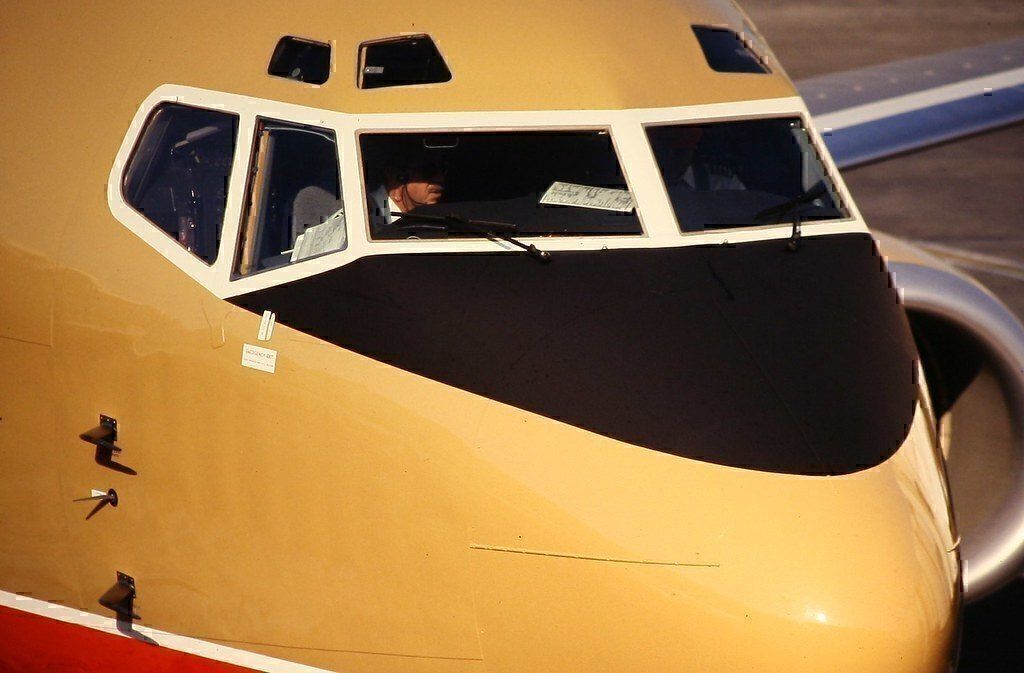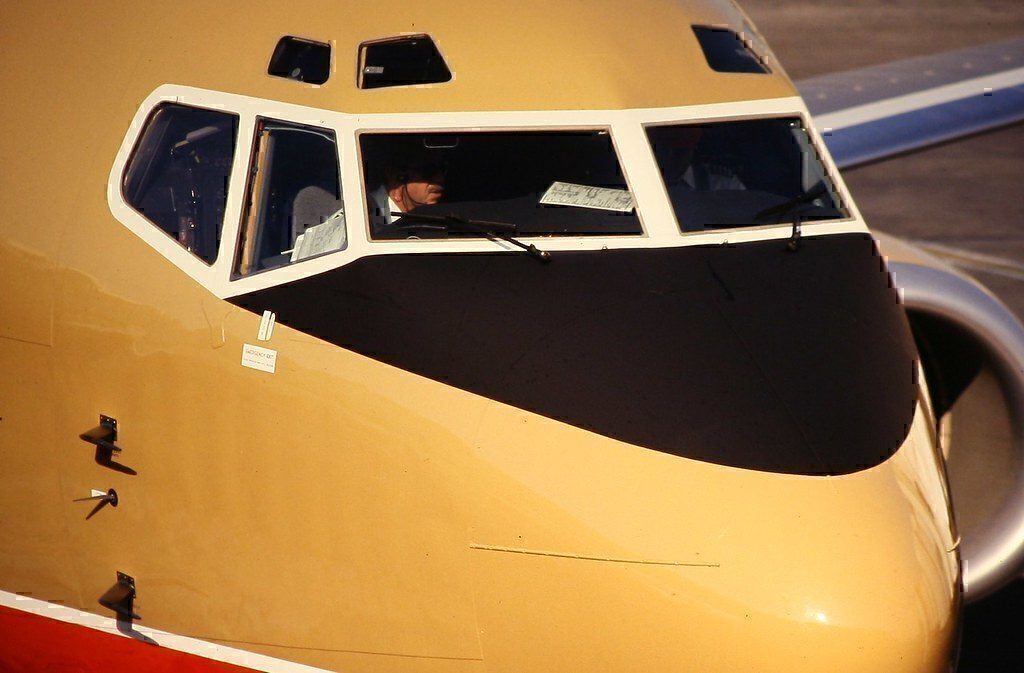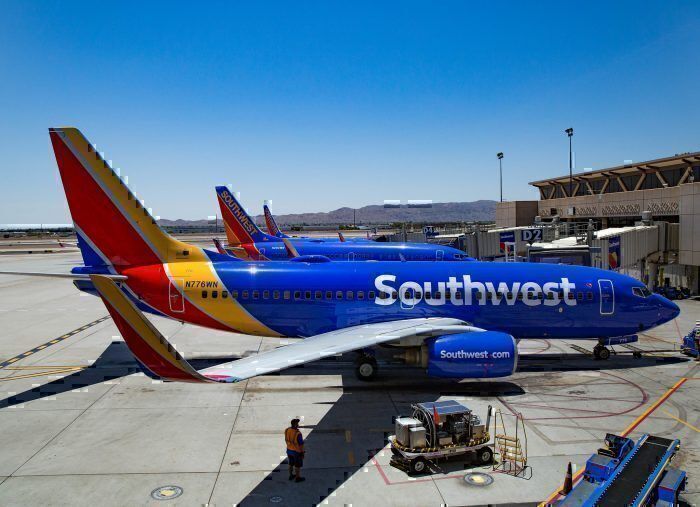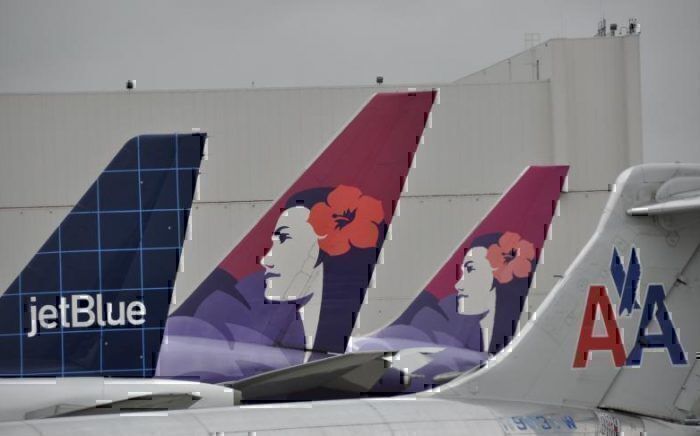The Southwest effect is having a chilling impact on Hawaiian Airlines. Its passenger numbers have fallen and other performance metrics remain sluggish as the Dallas based low cost carrier makes a determined assault on Hawaiian’s home turf.
As Simple Flying has reported, Southwest’s arrival into a new market increases supply by about 30%. This sort of oversupply usually forces competitors to lower their fares, and has an impact on revenue.
When Southwest entered the Hawaiian market, it began selling round trip tickets from the mainland for USD$100. This is key to Southwest’s strategy - offering cut price fares undercutting its competitors.
Kayak reports that, in the first half of 2019, fares have fallen by 17% across all carriers offering services between Hawaii and California. It’s that Southwest effect.
What’s Southwest doing in Hawaii?
Unlike Delta, American, Alaska and United who compete with Hawaiian on flights from the US mainland into Honolulu, Southwest is competing with Hawaiian Airlines on two fronts. Southwest started flying into Honolulu Airport from Oakland and San Jose earlier this year. Flights from San Diego and Sacramento are also planned.
Normally Hawaiian Airlines might reasonably expect to pick up some business from Southwest passengers as they island hop. But Southwest has its own inter island flights. It can transfer its incoming passengers at Honolulu across to its own services to Lihue on Kauai, Kona on Big Island, and Kahului on Maui.
These services are performing well for Southwest.
Southwest hasn’t finished yet either. It plans to add another inter island service soon, this time to Hilo. It represents a determined assault on the Hawaiian market and is a key reason why the island’s legacy carrier, Hawaiian, is feeling some pain.
Shrinking passenger numbers and a falling share price
In response to Southwest’s entry into the Hawaiian market earlier in 2019, Hawaiian Airlines has ramped up capacity. But the Honolulu Star Advertiser is also reporting that Hawaiian’s passenger numbers are down 2% in the last 12 months.
It comes off the back of a successful year in 2018, when Hawaiian Airlines carried a record number of passengers, almost 12,000,000, and took delivery of new aircraft too.
But markets like growth prospects, and Southwest’s arrival into Hawaii threatens to curb Hawaiian’s capacity to grow its existing markets.
Hawaiian Airlines has three key markets; US mainland flights, intra island flights, and flights west into Oceania, the Pacific and Asia. Southwest is adding capacity and forcing down fares on two of those three market segments
And it’s having a chilling financial impact on Hawaiian. It’s share price has fallen from a 12 month high of USD$42.75 in August 2018 to USD$26.67 today.
In fairness, Hawaiian’s share price performance lately isn’t all due to Southwest’s entry onto its home turf. But it is a significant contributing factor.
Hawaiian Airlines is resilient
Hawaiian Airlines is used to competitive interlopers. The Aloha state attracts airlines who then find the predominantly leisure market is tougher than it looks.
Hawaiian has been flying around the islands for 90 years and knows its local market well. It offers a decent inflight product, frequency around the islands, and has good infrastructure and support at its Honolulu base. That helps inure it against competitors over the longer term, including Southwest.
As one comment in response to the Star Observer report said;
“Southwest has had massive 6+ hour delays on their inter island flights several times since starting service. They want to keep the flights to the mainland on time so they screw over local travellers. You want to be stuck outside at Kona airport for 6 hours in the heat of the afternoon?”
Southwest cannot match Hawaiian’s frequency or capacity on inter island services, and delays like the one noted above are competitive weaknesses which Hawaiian can potentially exploit. In the short term, Hawaiian is trying to offset its decline in passenger numbers with efficiency and operational gains.
Looking ahead longer term, Hawaiian may attempt to focus on and expand in its markets not threatened by upstart low cost carriers like Southwest. It is restarting flights to Fukuoka and bringing online Boeing 787 Dreamliners with a plush new business class product.
Southwest isn’t standing still. Neither is Hawaiian. Its future prospects may be westwards rather than in its traditional US markets. Hawaiian seems to get this as it ramps up its business in this interesting third market segment.





